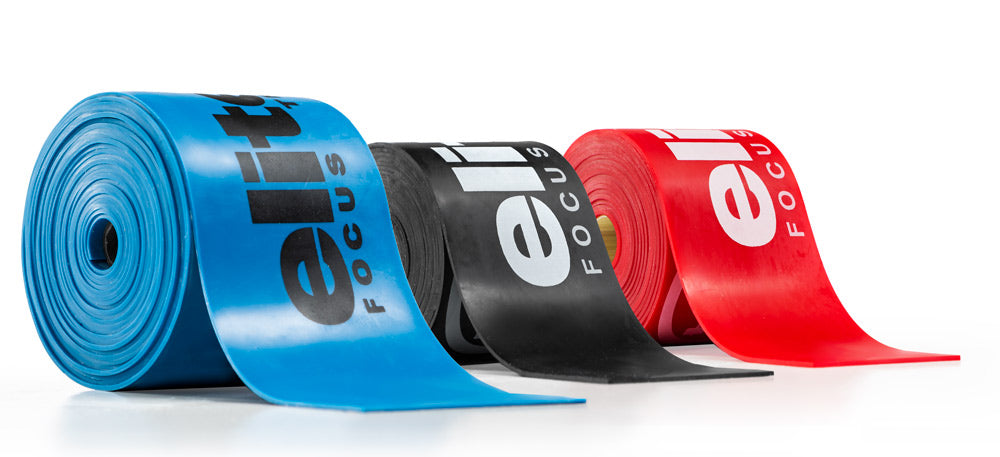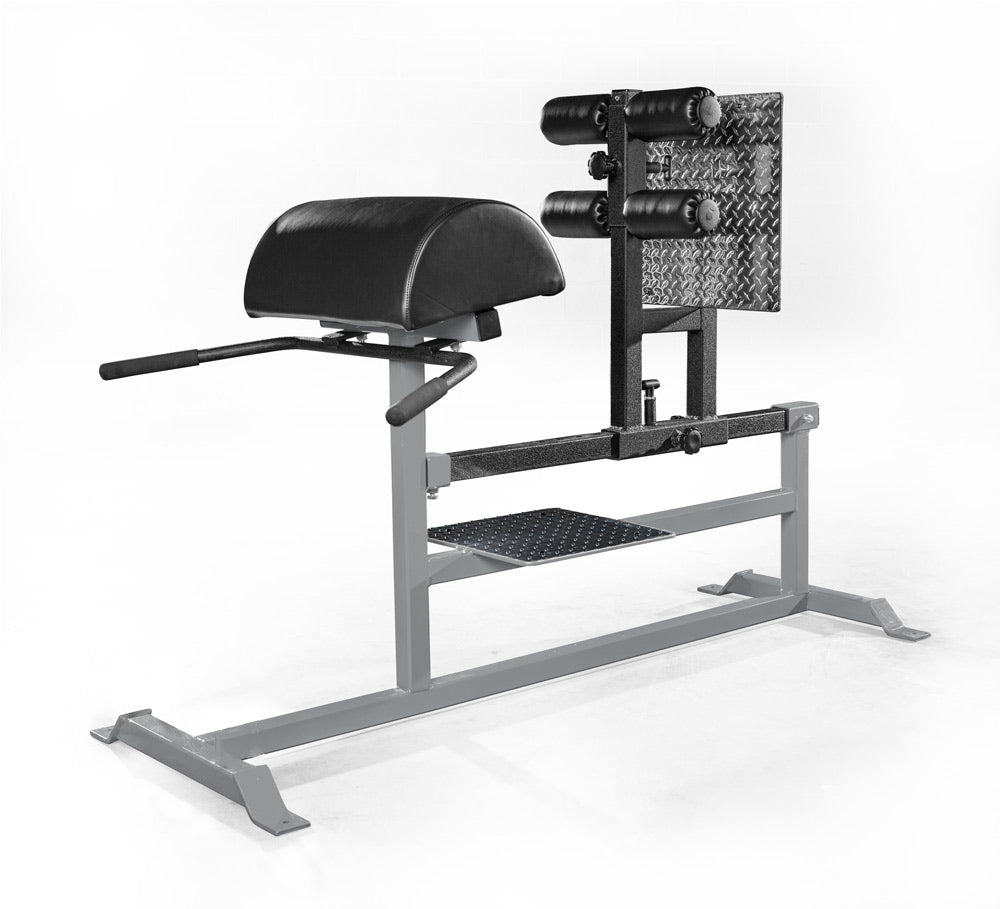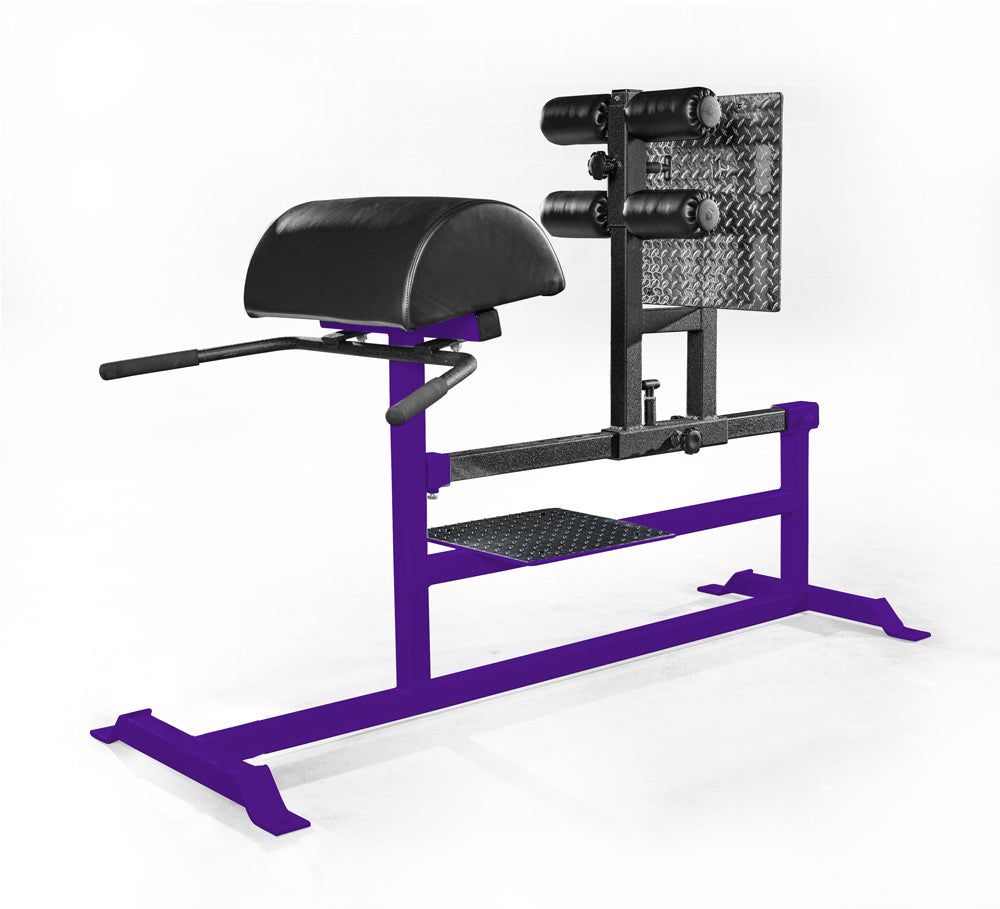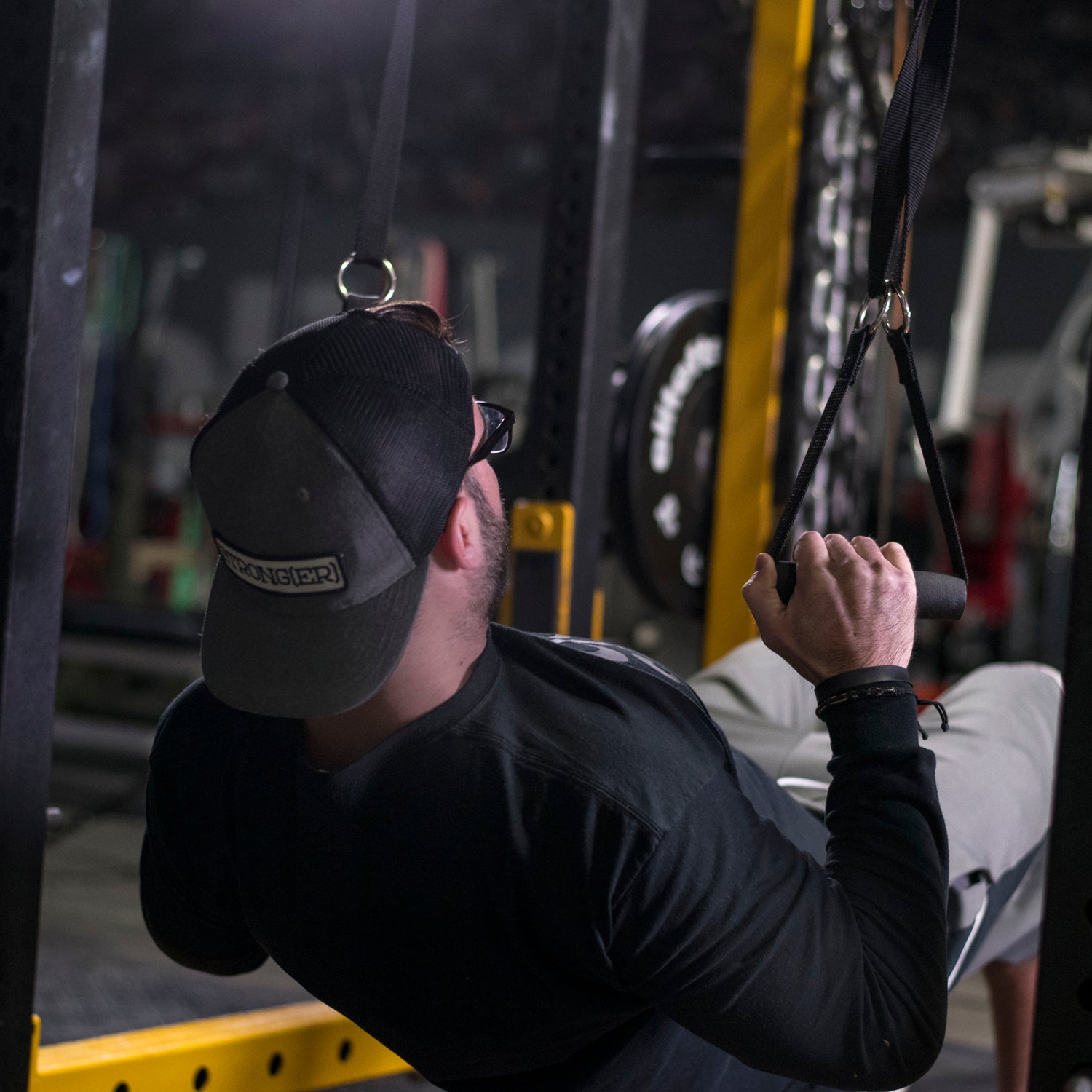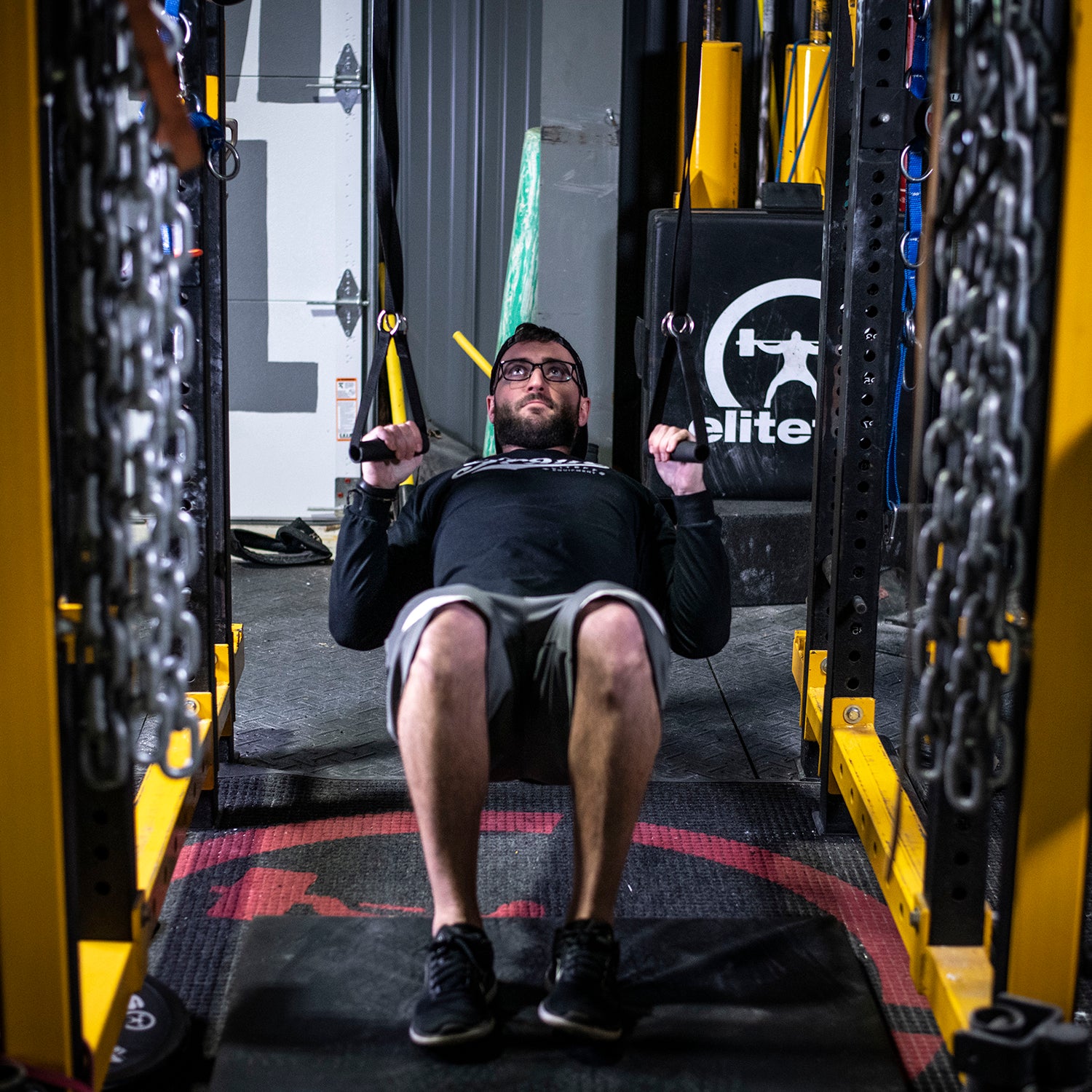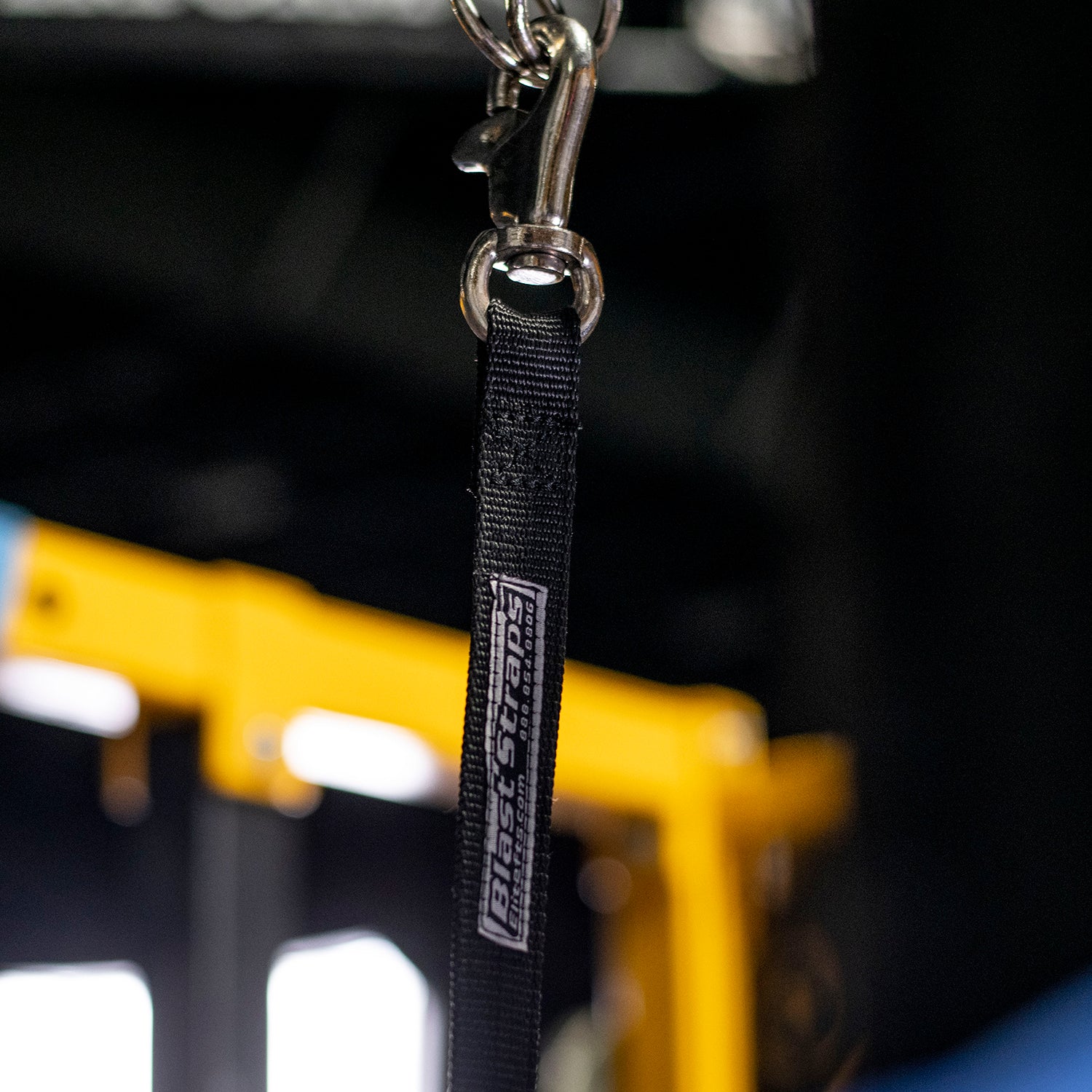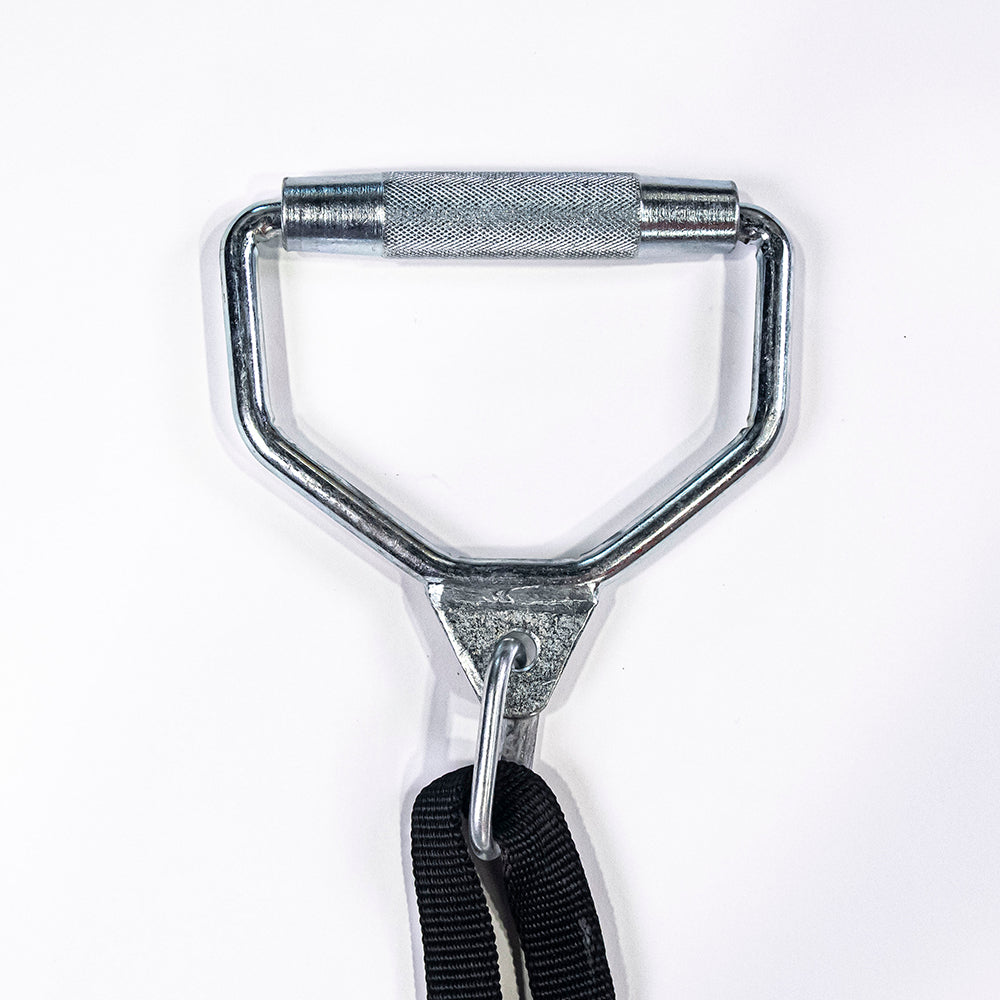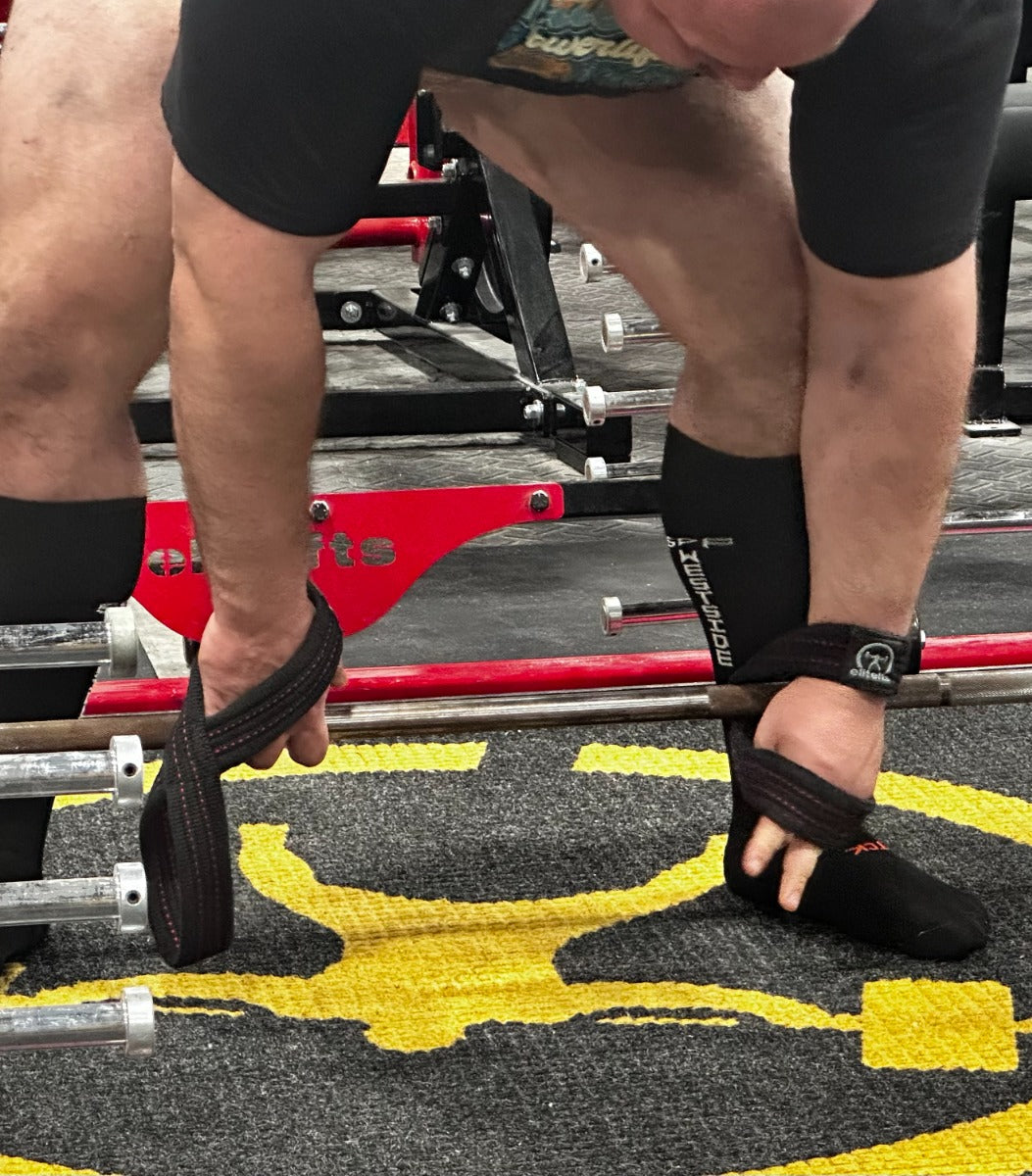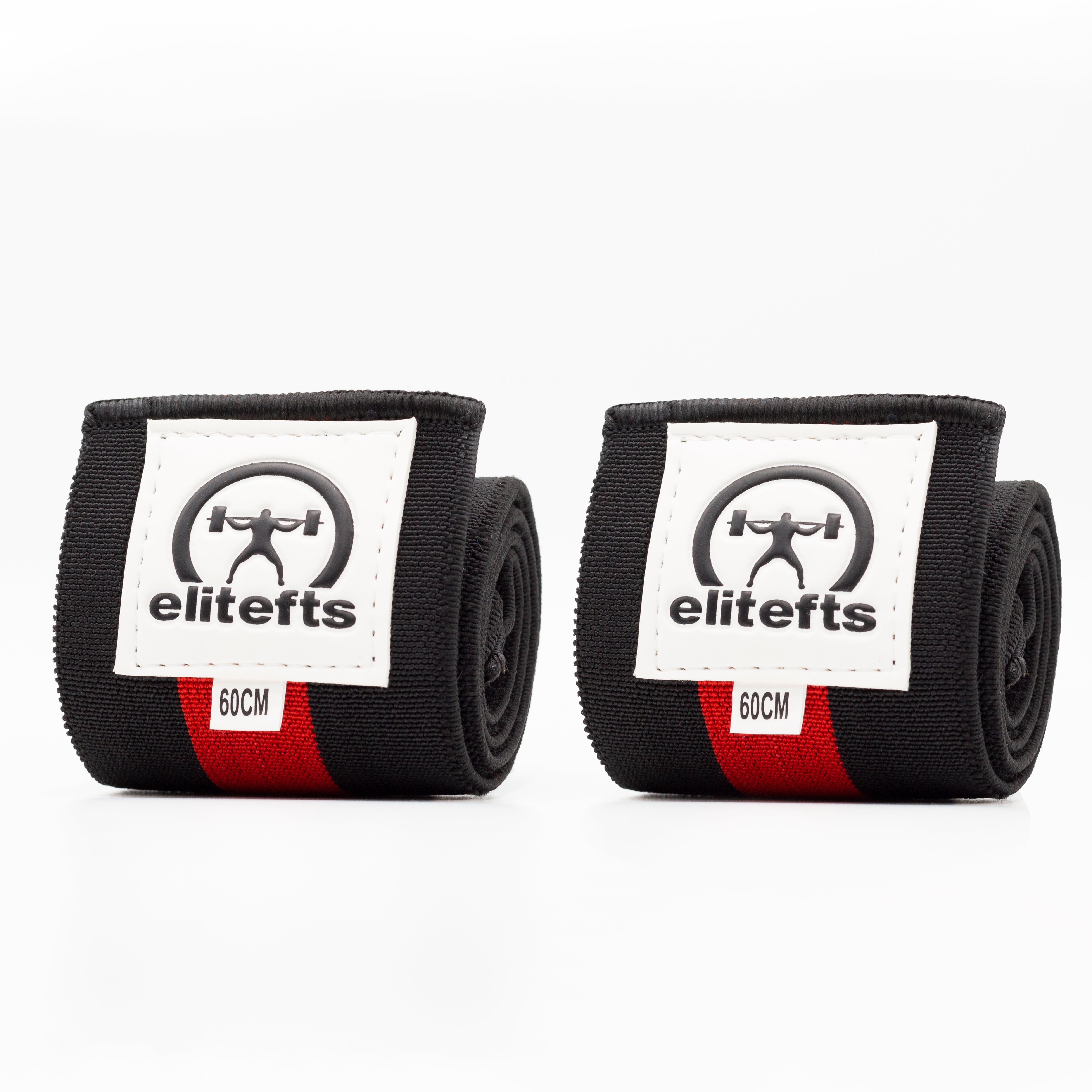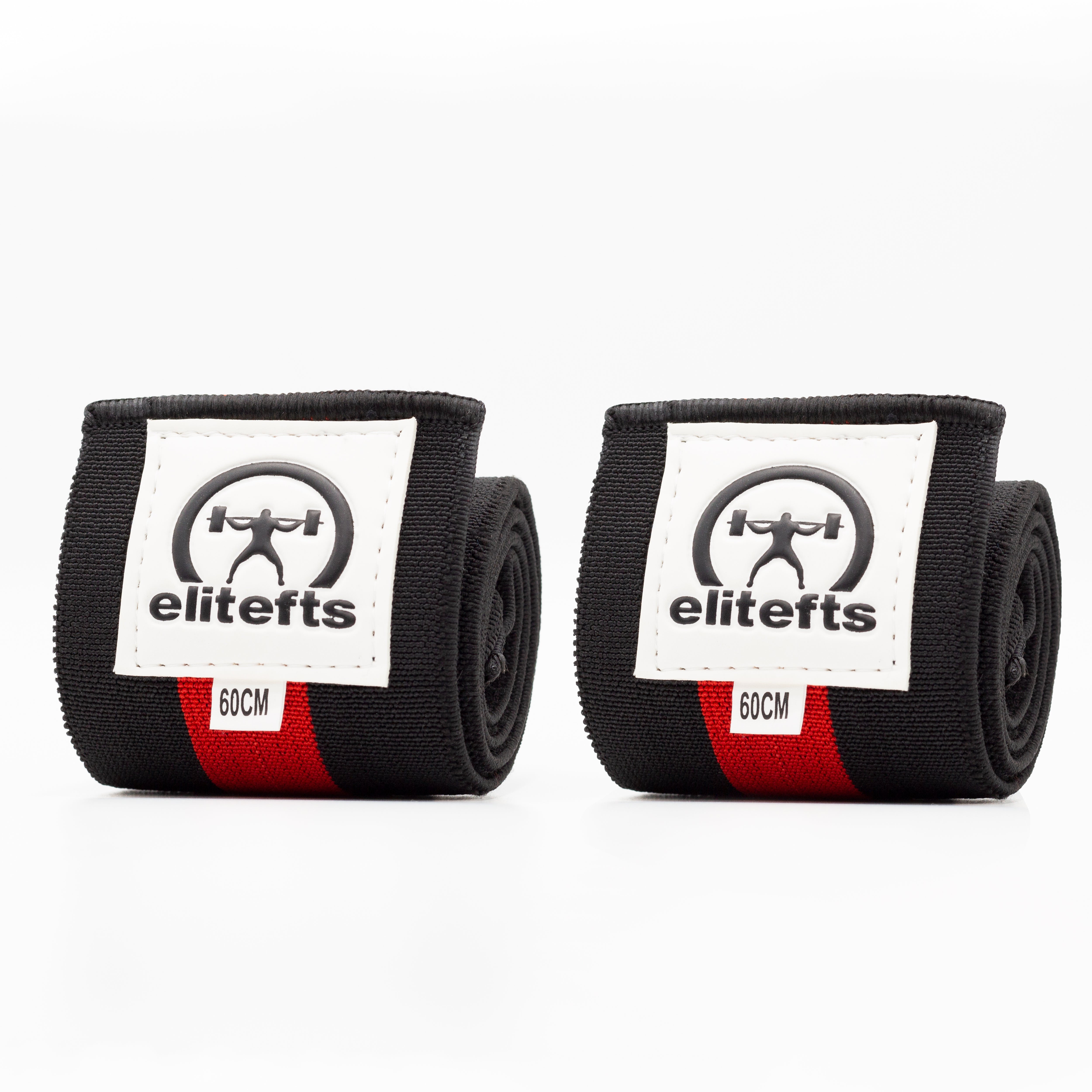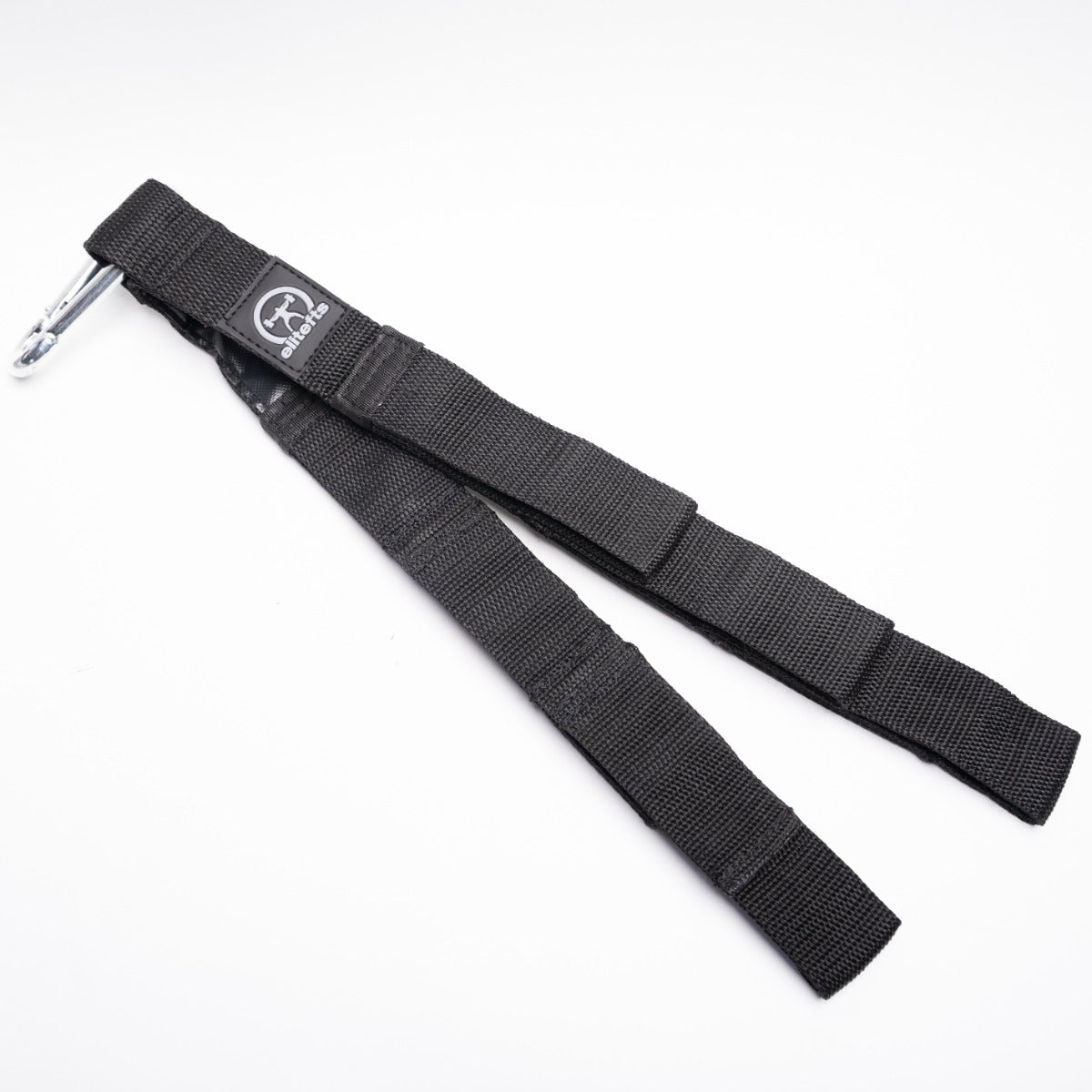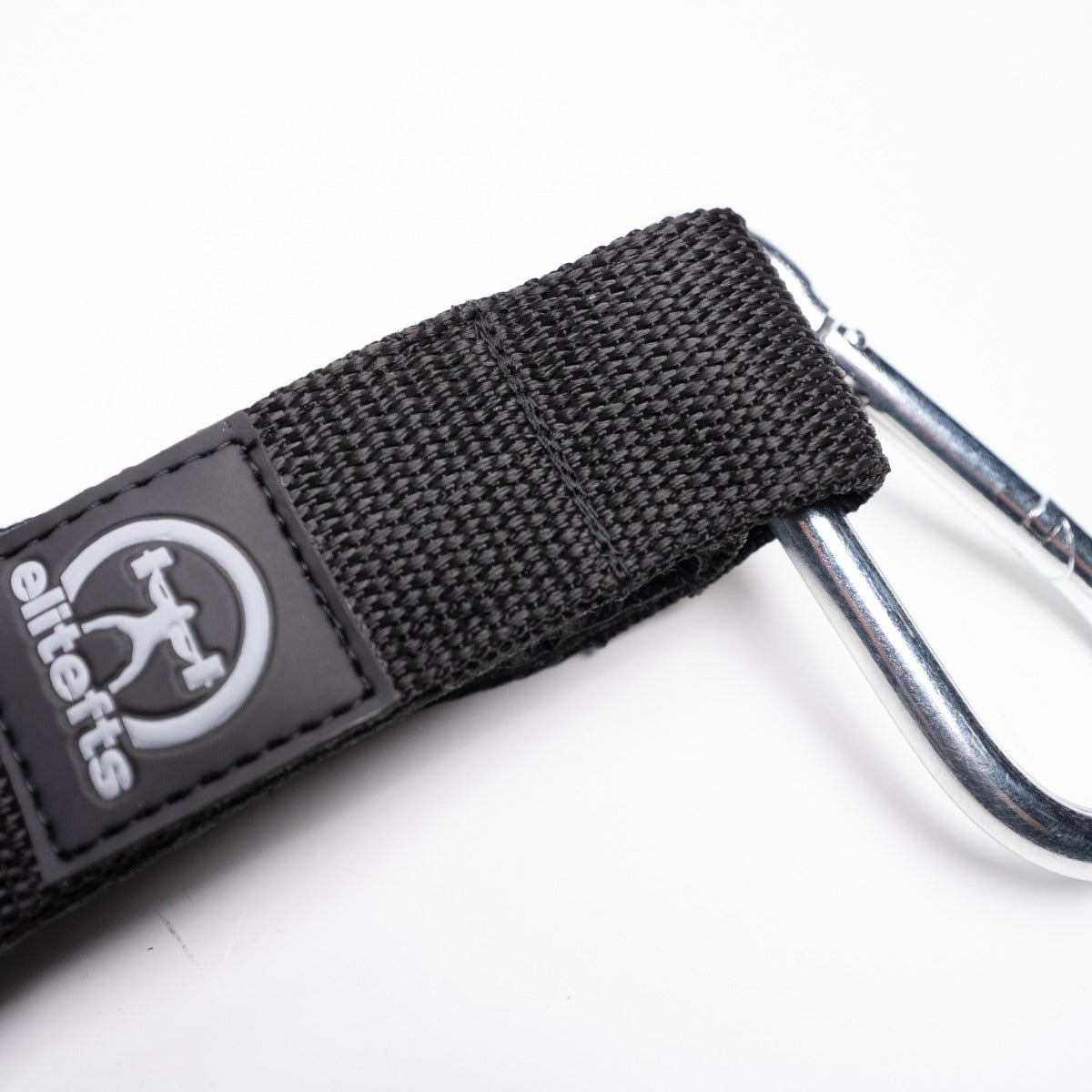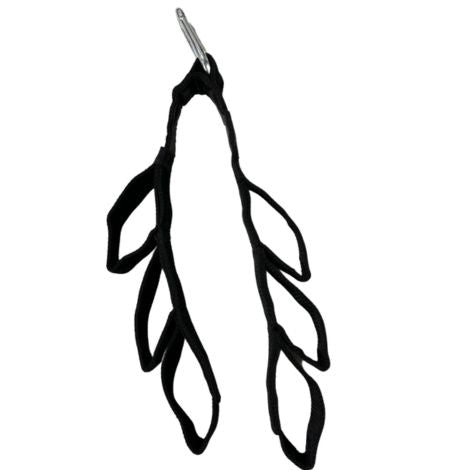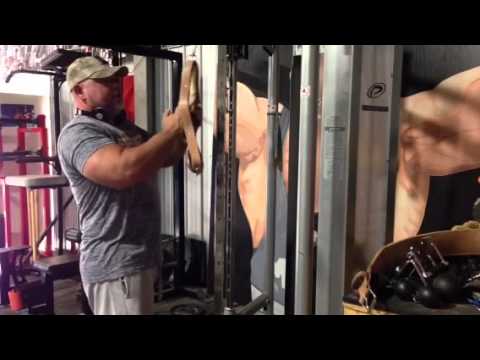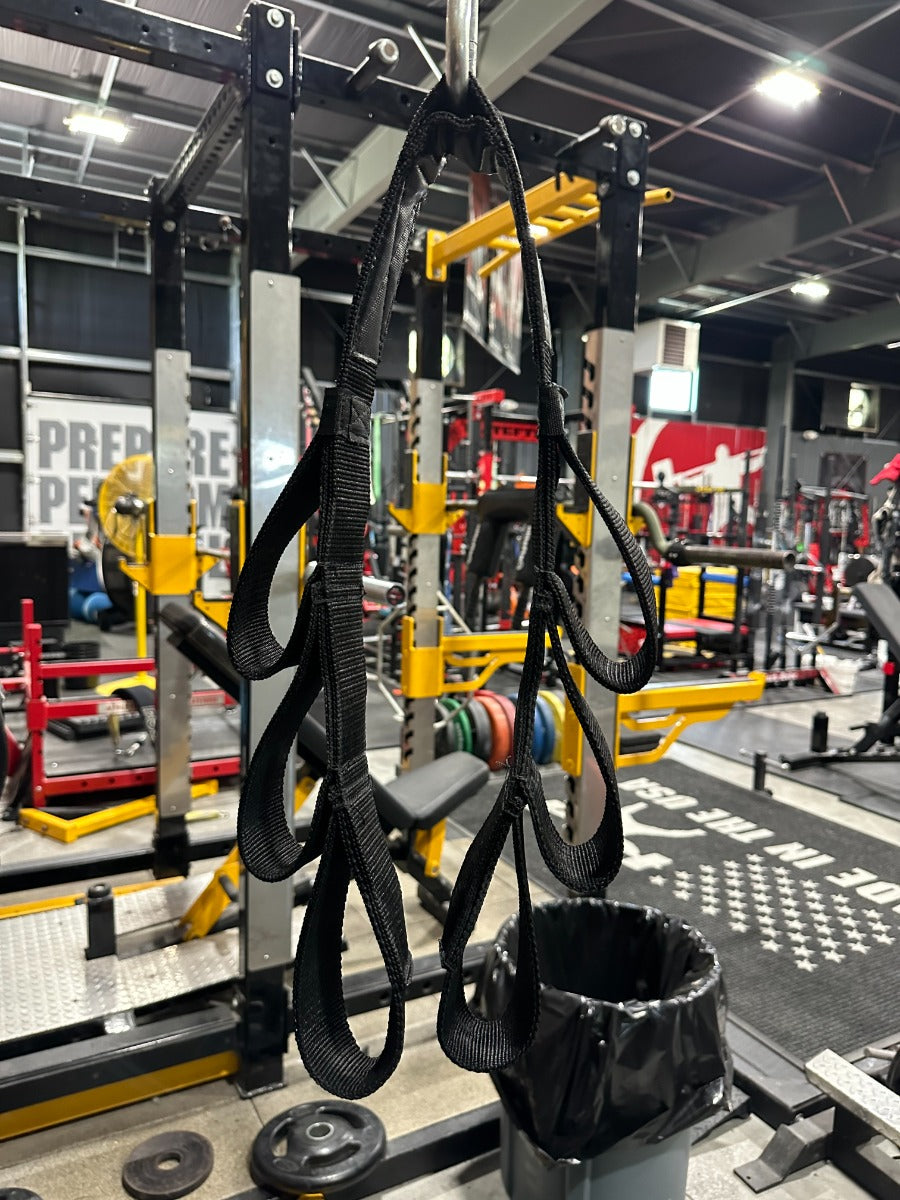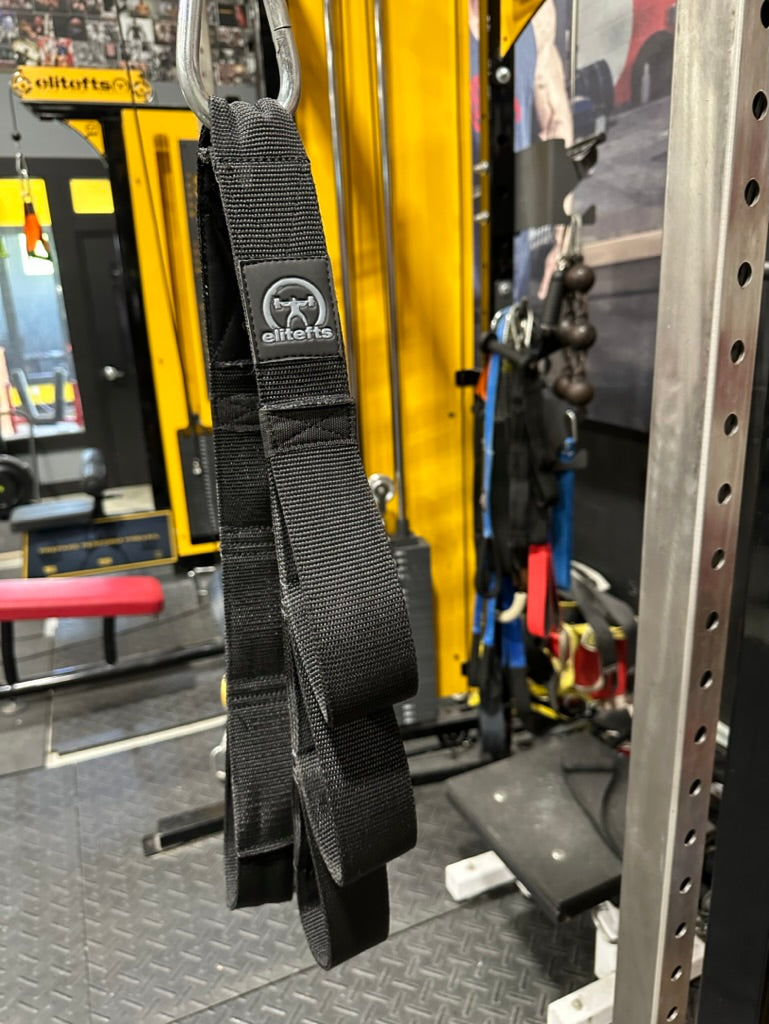The power clean is the best lift for power and explosiveness and should be included in all strength and conditioning programs. It’s effective because it utilizes the triple extension movement of the hip, knee, and ankle joints, which is the movement pattern found in jumping and tackling and at the start of a sprint. For example, an athlete preparing to jump has to flex at the hip, knee, and ankle joints. In order to jump, these same joints have to be fully extended, which is the triple extension.
The triple extension movement in the power clean is essential because it promotes the development of power by moving heavy weight at rapid speeds The power clean also strengthens the posterior chain, which contains the muscles of the spinal erectors, glutes, hamstrings, and calves. The posterior chain is important for hip extension in sprinting and back extension when coming out of the starting blocks.
According to the National Strength and Conditioning Association, there are five phases of the power clean (Baechle & Earle, 2000).
- Upward movement phase: first pull
- Upward movement phase: transition scoop
- Upward movement phase: second pull
- Upward movement phase: catch
- Downward movement phase
Power clean progression
- Use a seven-foot wooden pole or bar to ensure that proper technique is mastered.
- Stance:
- Feet should be hip width; no wider than shoulder width
- Toes pointing slightly outward
- Knees should be flexed
- Arms should be down at the sides with elbows out and locked
- Back should be flat or slightly rounded
- Shoulders should be slightly forward
- Head should be in line with the vertebral column
- Eyes should be straight ahead or slightly upward
- Bar placement: The bar should be on the shins.
- Hand grip: Two grips can be used
B. Hook grip (will enable you to relax your forearms and avoid pulling with your arms)
- Measuring hand position on bar
2. Reach down, place your hands outside of the legs, and grab the bar with your hands.
3. Extend the thumb to touch the lower leg.
4. Proper hand grip is achieved by extension of the thumb.
Teaching progression 1
The first teaching progression of the power clean is the first pull. This progression begins with the stance and grip position mentioned above. When the proper stance is achieved:
- Begin by lifting the bar
- Extend the hips by using a forceful motion
- Shoulders should rise before the hips
- Keep the bar close to the shins
- Keep the back flat
- Elbows should be fully extended and in a locked position
The second teaching progression of the power clean is the shrug, which starts in the scoop position. Complete steps 1–6 and then lower the bar just above knee height (scoop position). Make sure the chest is out, the head is back, and the shoulders are slightly forward. Add the following steps to shrug from the scoop position:
- Start the second pull of the lift by forcefully extending the hips
- Bar on contact with the thighs and as close to the body as possible
- Back maintains a flat position; arms should be in a locked position with elbows out
- Reach an extended body position with the hip, knee, and ankle joints (triple extension)
- Simultaneously, in the triple extension position, began to shrug the shoulders in an upward motion while keeping the elbows out and the arms locked
- Return to the starting position (scoop position)
Teaching progression 3
When an athlete can master progressions 1 and 2, he can add the next progression, which is a high pull. Complete steps 1–11 and add the following steps:
- When shoulders reach the highest point in the shoulder shrug, flex the elbows
- Bring the bar up as high as possible (the feet could leave the ground)
- Return to the starting position (scoop position)
Teaching progression 4 When an athlete has mastered progressions 1, 2, and 3, he can go on to progression 4, which is the catch position. Complete steps 1–14 and add the following steps:
- Pull the body under the bar
- Rotate the arms around and under the bar
- Flex the hips and knees together into a quarter squat position
- Elbows should be lifted into a parallel position with the ground
- Stand erect with the bar resting on the clavicles and deltoids
- Return to the starting position (scoop position)
The downward movement phase of the power clean is very important. When lowering the bar back to the starting position:
- Lower the bar in a controlled motion.
- The hips, knees, and ankles must be in a flexed position to offer a cushion when lowering the bar to the thighs.
- Squat down and bring the bar back to the starting position on the floor under control.
After mastery of the four progressions, he can move to the last progression. This is performing the power clean. Coaches should pay particular attention to several techniques problems that could arise in this progression.
- Trying to jerk the weight from the starting position with elbows bent
- Rounding the back too much
- Not keeping the bar close to the body
- Trying to reverse curl the weight
- Jumping too early without full extension at the hip, knee, and ankle joints
- The power clean is a power exercise and should be performed first in a training session followed by other non-power core exercises and then assistance exercises (Fleck & Kraemer, 1987; Sforzo & Touey, 1996).
- Power exercises require the highest level of skill and concentration of all the exercises and are most affected by fatigue (Fleck & Kraemer, 1987).
- No more than three sets and no higher than five reps should be performed.
- In order to prevent injury, no spotters are needed.
- Law of use and disuse: The basic principles and laws of conditioning exist regardless of the type of contractions performed. The first of these is the law of use and disuse. The old saying, “If you don’t use it, you’ll lose it,” is bascially what this law of weight training states.
- SAID principle: SAID is an acronym for specific adaptation to imposed demands and it means that the body adapts to the demands placed upon it. If the demands are great, the body adapts and significant improvements in strength or endurance occur.
- Progressive resistance: A third principle is that of “progressive resistance” (sometimes referred to as the “overload principle”). This concept states that to continue to improve in any activity, one must progressively work with either greater intensity or duration or both.
- Principle of specificity: The last principle is the principle of specificity. The development of muscular strength or endurance is specific to the muscle exercised and the intensity of training of that muscle. Only the muscles being trained show improvements in either strength or endurance, and the intensity of the training determines whether strength or endurance is developed.
- Baechle TR, Earle RW (2000) Essentials of strength and conditioning. Champaign, IL: Human Kinetics.
- Esposito R (2010) What coaches must know about conditioning. The Sport Digest 18(4):1.
- Fleck SJ, Kraemer WJ (1987) Designing resistance training programs. Champaign, IL: Human Kinetics.
- Sforzo GA, Touey PR (1996) Manipulating exercise order affects muscular performance during a resistance exercise training session. Journal of Strength Conditioning 10(1): 20–4.
- Stone MH, Wilson D (1985) Resistive training and selected effects. Med Clin North America 69:109–22.























